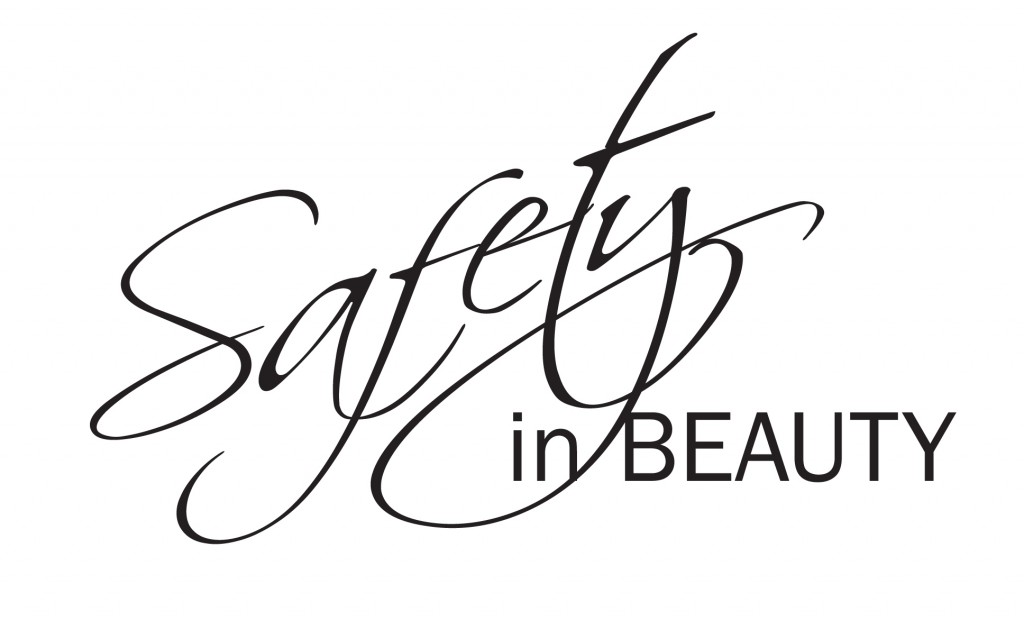 We all want to have a perfect smile. And a perfect smile means we need to have those perfect teeth.
We all want to have a perfect smile. And a perfect smile means we need to have those perfect teeth.
Crooked teeth may be an issue with either the way you look. Also, our general health is also the thing we want to take into account. Few people are fortunate enough to have the best teeth to live.
However, having crooked teeth is not a hopeless case. Why? Because you could have them fixed anytime. It might take a little bit long but it’s all worth the process.
Surely, you’re already familiar with braces.
The orthodontic can recommend treatments that will create a big impact for you. By correcting breaks and improving the way the teeth match around, the braces can encourage healthy oral health. You can also easily clean it while the teeth are straightened because they don’t have several small gaps that can be tough to touch with floss or even a brush. Conveniently cleaned teeth are more resistant to unhealthy bacteria build-ups, decay, and inflammation of the gums.
You’re expected to adopt a stricter than usual dental hygiene routine once you get braces. You should also be there to have dental cleaning as a must. Sugary products and candy are strongly discouraged to avoid brace destruction and store sugar items in places that are impossible to reach.
The good thing is there are two options that you should know before considering having braces — clear braces or metal braces?
In this article, we will help you determine which one fits you the most when it comes to braces. Let’s get started so we could clear that confusion out of your head.
What are Clear Braces?
This is aesthetically pleasing!
Clear braces, however, is not an approved dental word though it is used by many people. They typically indicate either of two things when somebody says “clear braces”: whether it is ceramic braces or Invisalign teeth aligners.
It sounds pretty confusing but here are the advantages and disadvantages that you will get from having them on.
Pros:
- Less Noticeable Than Metal Braces
Clear braces have the advantage of being less perceptible than metal braces. They ‘re even less prone to irritate a delicate mouth, unlike metal braces. That being said, if not handled correctly, they will scratch, crack or smear. Sounds ideal, isn’t it?
- Ceramic Braces Have Brackets That Blend In With The Color Of Your Teeth
Some of us prefer to keep everything intangible because we never want to be teased about or have people notice it. The good thing is clear braces utilize materials that fit in with the color of the teeth, providing them an orthodontic treatment choice that is transparent and hardly visible.
Metal braces offer only in one color: gray or light shiny silver (if applicable). Ceramic braces are readily available in almost every possible color.
- Lead To Less Accumulation Of Plaque Than Metal Braces
The clear braces adjust crooked teeth to become perfectly straight and result in better teeth alignment. The properly spaced teeth collect less plaque since they can be quickly washed. It reduces the chance of infection that triggers tooth decay.
If you have a strong grip, your upper teeth will be carrying the clear braces on the lower teeth. So specialists use clear braces on top teeth where they are most likely to be noticeable. Clear brace orthodontic treatment can last higher than usual metal braces.
Cons:
- Costly Than Metal Braces
Since this treatment choice is called cosmetically a “step-up,” ceramic braces are significantly more expensive compared to traditional braces. Insurance providers will not reimburse this difference so that may restrict the maximum coverage of the dental insurance for orthodontic procedures so they allow you to pay more.
- Inflammation & Oral Health
Braces, except for clear aligners (the most popular term is Invisalign), are infamous for triggering oral health problems. They are more prone to induce inflammation, hinder dental hygiene (brushing, flossing, etc.), and also affect the soft tissues within your mouth.
Often, braces render you more vulnerable to teeth loss, gum disease and associated gum disorder growth, and also gingival recession.
- Removal Procedure
Above everything, the ceramic brace removal process is something to worry about, in a term. Unlike metal brackets that softly peel off, the ceramic bracket extraction method includes a loud popping. You have also witnessed some normal tooth framework fall off, which would be certainly not perfect.
- What are Metal Braces?
Traditional metal braces consist of metal brackets that are attached to the teeth using a specific dental cement, then bound with wires as well as (possibly) small rubber bands around. Once they hear the term “braces” they are what most people imagine.
Here are the pros and cons of having metal braces.
Pros:
- Good At Correcting A Whole Host Of Alignment Issues
Traditional metal braces are great at addressing a whole range of problems around alignment. New technology, such as heat-activated wires, will shift the teeth quicker and with less discomfort.
- Move Your Teeth More Quickly
Traditional metal braces are created of stainless steel brackets and wires which inspired the word “metal-head” years earlier. Luckily, the metal supports of today are often thinner. So modern heat-activated archwires are moving your teeth faster and less slowly as they react to the temperature in your body.
- Less Painful
Although Invisalign is considered as a pain-free dental solution, metal braces are also next in line. Compared to other options left, metal braces fix your teeth quicker so that would mean that your teeth adjust faster and pain subsides as soon as it can.
- Metal Braces Have Metal Brackets
Brackets are the little pieces of metal that are attached to each middle of the tooth through special cement. This adhesive should insure the brackets can adhere to your teeth. The glue is delicate enough to be removable once your braces time is over.
Brackets are constructed of stainless steel but may also be rendered white (colored tooth) or black. Those brackets grasp the teeth archwire.
- Less Costly
One of the things we think of before having braces is —- can we afford it?
Compared to ceramic braces, metal braces are far less costly. As such, the best care that you could ever get for your dental health comes at a reasonable cost.
Cons:
- Tend To Be Noticeable, Especially When You Smile, Laugh, Or Talk
The drawback of metal braces comes particularly when you smile, giggle or speak, and that is when they appear to be visible. They generally make people (especially teenagers) experience quite self-conscious; if you do have a significant event moving ahead, such as a job interview or a wedding, these same emotions could be even greater.
- May Lead To Plaque Formation
Metal braces can affect the way patients masticate food from over a brief period. The narrow gaps provided by the braces around the teeth offer a position for collecting food particles and thereby contribute to plaque and bacteria residues.
There are various considerations to consider metal and ceramic braces when taking a decision. They involve prices, the sort of dental issue to be addressed, the extent of the dental problem, and the choice. Care, avoid flossing and scraping the teeth healthy to prevent staining. So choose wisely which one you think is more comfortable and pleasing you as well.
